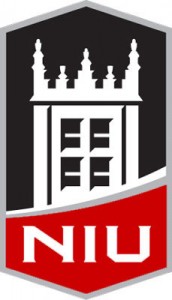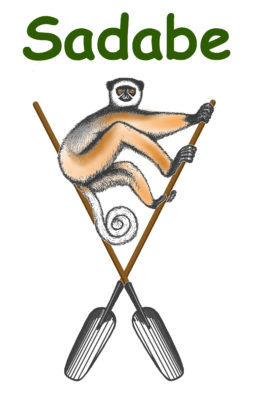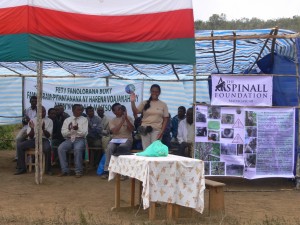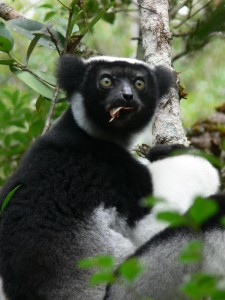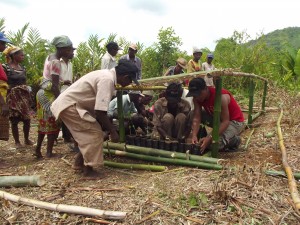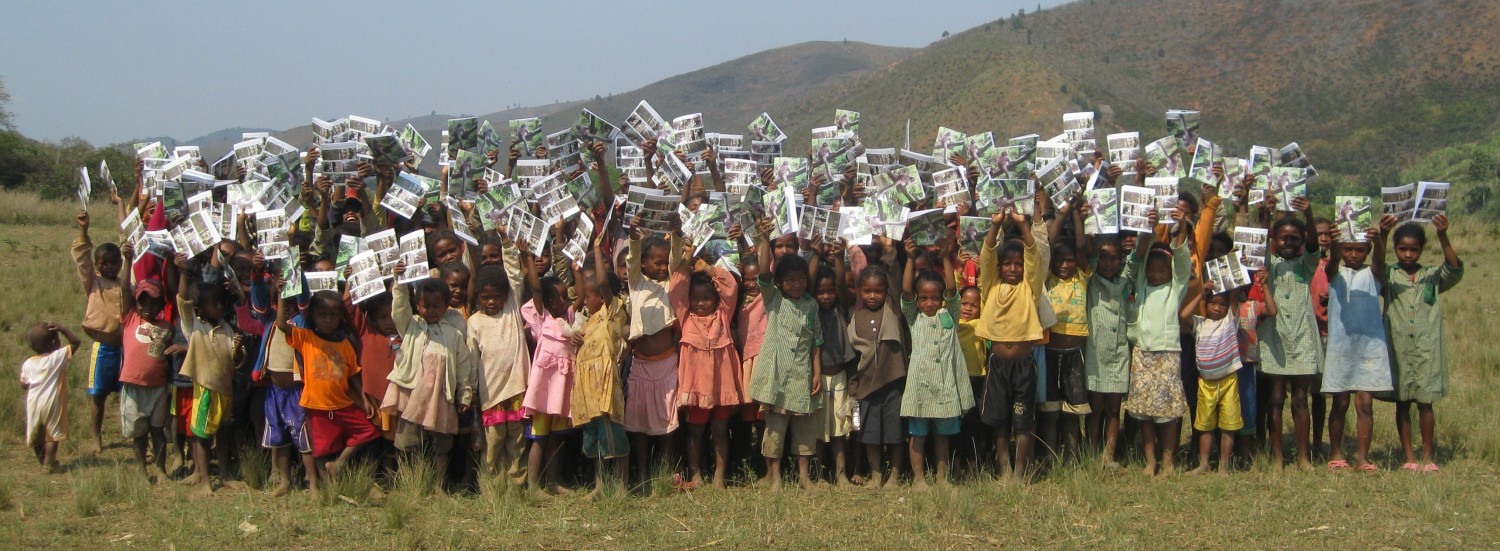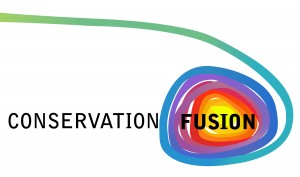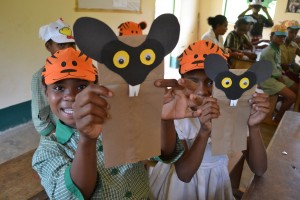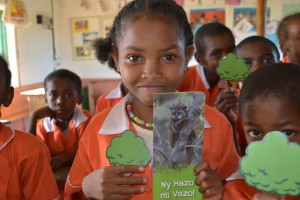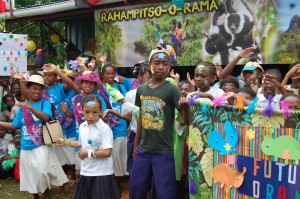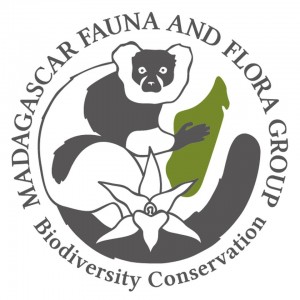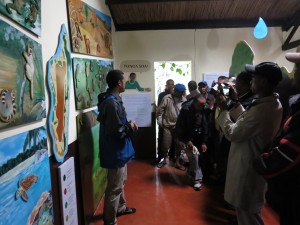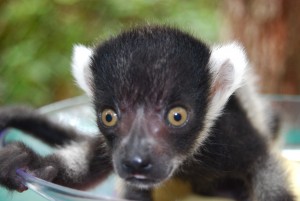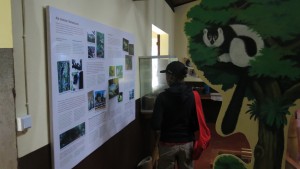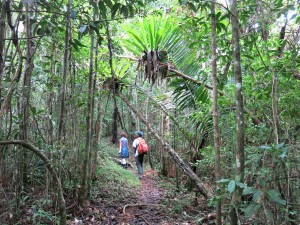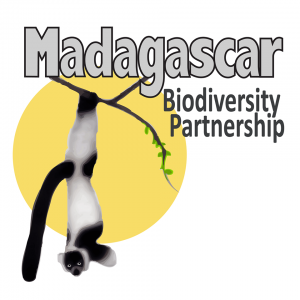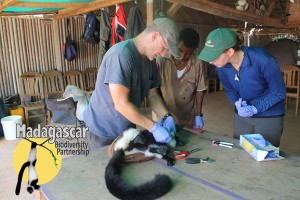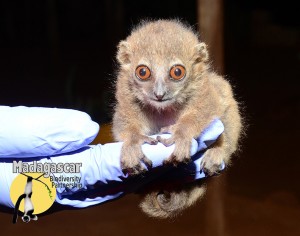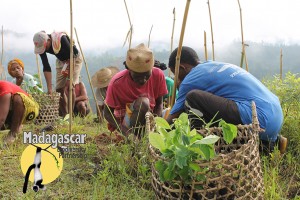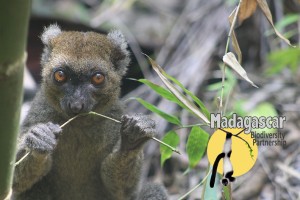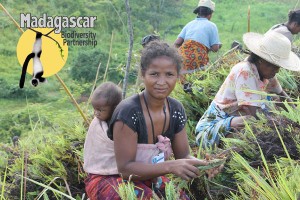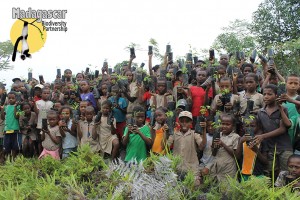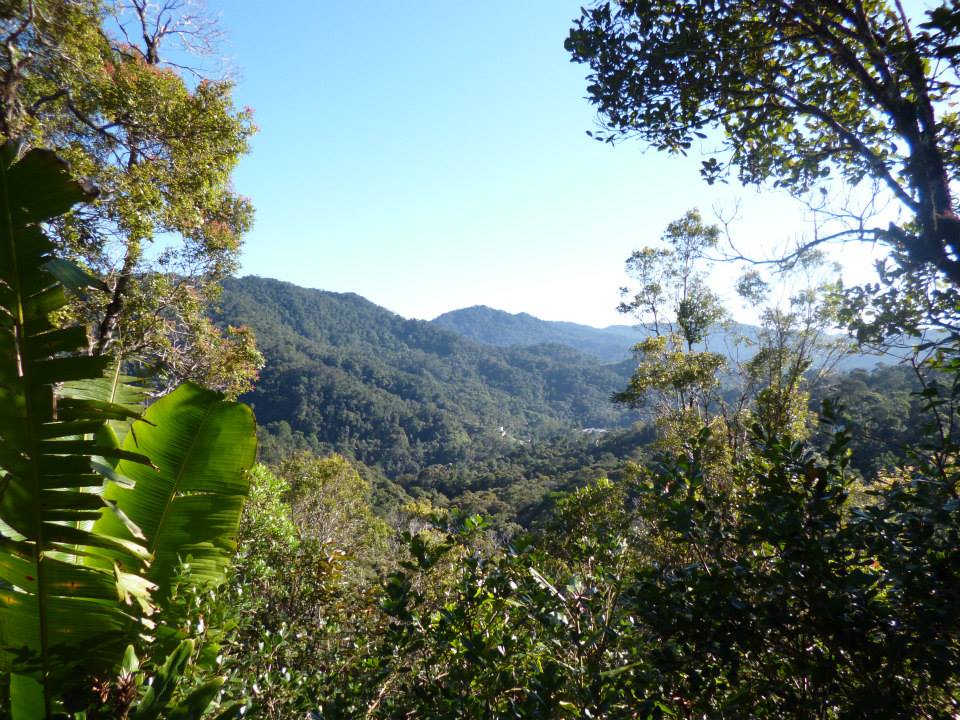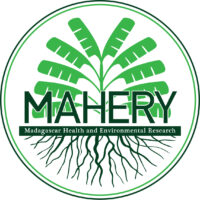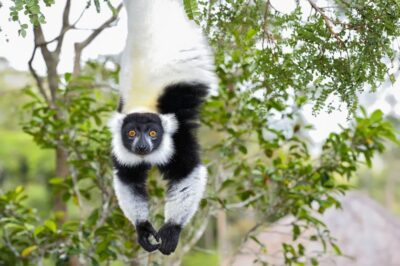Oxford Brookes University: Nocturnal Primate Research Group
What We Do

The critically endangered Madame Fleurette’s sportive lemur at Tsitongambarika Protected Area near Fort Dauphin. Photo: Marius Andriamorasata.
We are among the leading groups in charge of developing research and conservation in the recently established protected area of Tsitongambarika (south-east corner of Madagascar). No systematic research had been conducted before our arrival. It is considered one of the Lemur Action Plan priorities and one of the last large expanses of lowland rainforest left in Madagascar.
Studying the Activity of Cathemeral Lemurs
Since 1995, we have been studying the proximate and ultimate determinants of day-night activity (aka cathemeral activity) in true lemurs. This activity pattern is extremely rare among primates but common in lemurs, thus offering the unique opportunity to study the key transition between nocturnal and diurnal life during primate evolution.
Studying How Lemurs Respond to Changes in Food Availability and Habitat
A second main stream of our research is focusing on lemur response to change in food availability and habitat disturbance. Since most forested areas in Madagascar have been modified by humans, understanding how lemurs respond to habitat disturbance and/or how they cope with new habitats is urgent. This response is investigated at various levels including thermoregulation, activity and ranging pattern, diet composition and nutritional ecology.
Studying Lemurs in the South-eastern Literal Forest, Andasibe, and Sahamalaza
Since 1999, we have also studied the archipelago of fragments of the south-eastern littoral forest. And, members of our research groups have also studied the behavioural ecology of lemur species in Andasibe and Sahamalaza.
What Lemur Species We Study
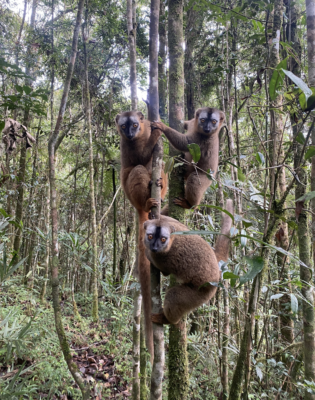
Group of Red-fronted brown lemurs (Eulemur rufifrons). Photo credit: Mariah Donohue.
The lemur species and field sites where we conducted our work on cathemeral activity are:
- Collared brown lemur (Eulemur collaris) and Southern lesser bamboo lemur (Hapalemur meridionalis) in the littoral forests of Mandena and Sainte Luce (Fort Dauphin)
- Ring-tailed lemur (Lemur catta) and Eulemur hybrids in the gallery forest of Berenty (Fort Dauphin)
- Red-fronted lemur (Eulemur rufifrons) in the dry forest of Kirindy (Morondava)
Lemurs in the south-eastern littoral forest include:
- Collared brown lemur (Eulemur collaris)
- Southern lesser bamboo lemur (Hapalemur meridionalis)
- Southern woolly lemur (Avahi meridionalis)
- Dwarf lemurs (Cheirogaleus sp.)
- Mouse lemurs (Microcebus sp.)
Members of our research groups have also studied the following lemur species in Andasibe and Sahamalaza, respectively:
- Hairy-eared dwarf lemur (Allocebus trichotis)
- Northern giant mouse lemur (Mirza zaza)


